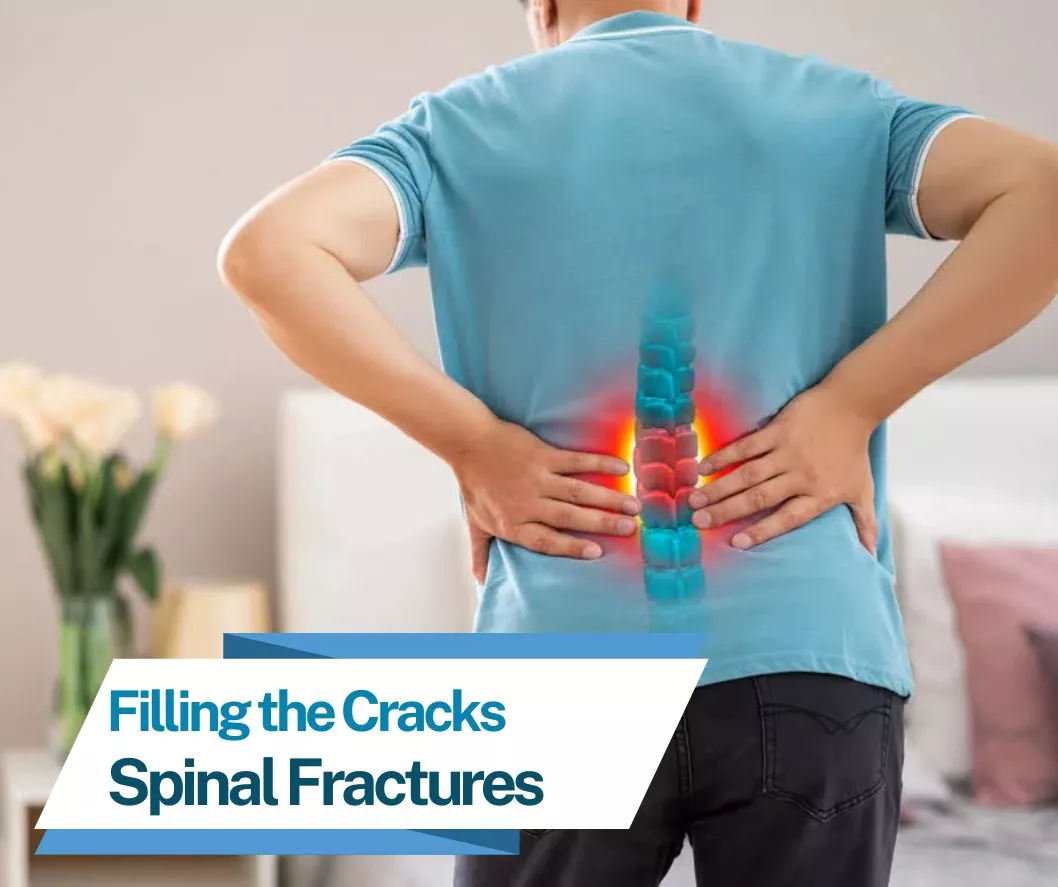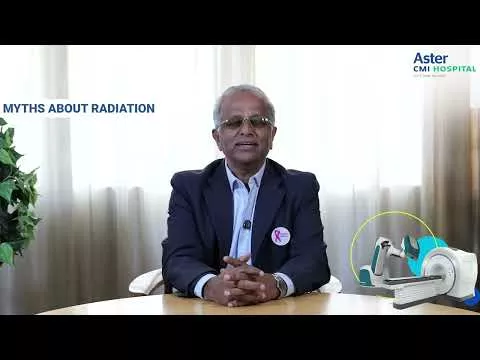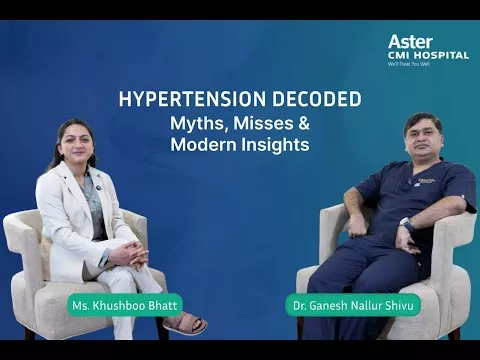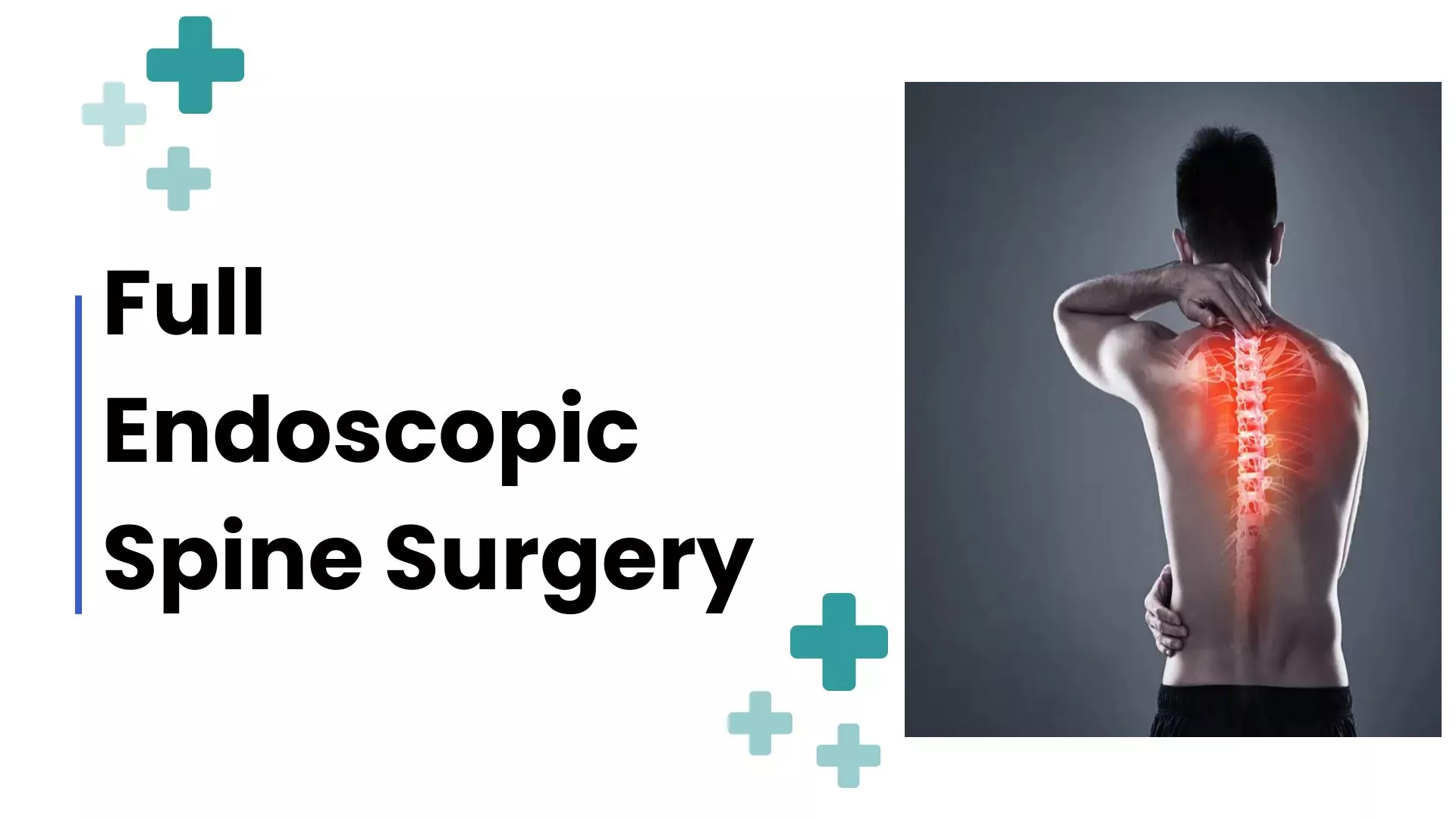Osteoporosis is often called a "silent disease" because it weakens bones without any symptoms. For many, the first sign is a sudden, sharp pain in the back after a minor incident—like bending over to pick up a grocery bag or even coughing forcefully. This pain often signals an osteoporotic vertebral compression fracture (VCF).
If you or a loved one is experiencing this, know that you are not alone, and there is hope for significant pain relief and a return to daily activities. One of the most effective minimally invasive treatments available today is percutaneous kyphoplasty.
Let's break down what this condition is and how this innovative procedure can help.
What is an Osteoporotic Vertebral Fracture?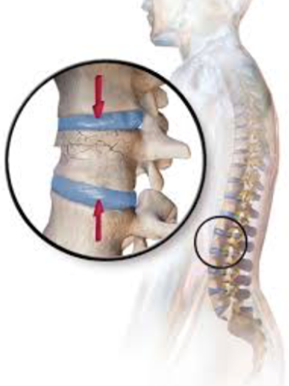
Your spine is made up of individual bones called vertebrae, which are strong enough to support your body weight. However, when osteoporosis sets in, bones become porous and brittle, like chalk. This weakness can cause a vertebra to collapse or compress under normal pressure, leading to a VCF.
These fractures are more than just a pain; they can cause:
- Severe, localized back pain that worsens with movement.
- Loss of height over time.
- A stooped or hunched-forward posture (known as kyphosis).
- Reduced mobility and quality of life, often leading to social isolation and depression.
While rest, bracing, and pain medication are the first lines of treatment, they don't work for everyone and can take months. For those with persistent pain, kyphoplasty offers a powerful alternative.
What is Percutaneous Kyphoplasty?
Percutaneous kyphoplasty is a minimally invasive surgical procedure designed to stabilize the fractu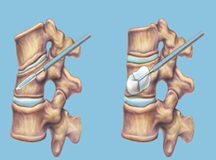 red vertebra, relieve pain, and in some cases, restore the vertebra's lost height.
red vertebra, relieve pain, and in some cases, restore the vertebra's lost height.
The term breaks down simply:
- Percutaneous: Meaning "through the skin," indicating it requires only very small incisions.
- Kyphoplasty: From "kyphosis" (the curvature) and "plasty" (to mold or form).
It is very similar to another procedure called vertebroplasty. The key difference is that kyphoplasty involves the use of a small balloon to create a space for the cement, which can help restore height to the collapsed bone.
Benefits of Kyphoplasty
The benefits of this procedure are often dramatic and rapid:
- Significant Pain Relief: Most patients experience a major reduction or complete elimination of fracture-related pain.
- Rapid Recovery: It's an outpatient procedure or may require a short hospital stay. Patients are often walking within a few hours.
- Improved Mobility: With pain controlled, patients can return to normal activities and begin physical therapy much sooner.
- Restoration of Vertebral Height: The balloon can help correct the hunched posture associated with VCFs.
- Minimally Invasive: Small incisions mean less tissue damage, lower risk of infection, and a faster recovery compared to open surgery.
Is Kyphoplasty Right for You?
Kyphoplasty is not for everyone. It is generally recommended for patients who:
- Experience severe pain from a recent vertebral fracture (typically less than 6-8 weeks old) that hasn't improved with conservative treatment.
- Have fractures caused by osteoporosis or a benign tumor.
- Are in generally good health without signs of infection or bleeding disorders.
Your doctor will determine your eligibility through a physical exam and imaging tests like an MRI or CT scan to confirm the fracture is the source of your pain.
Life After Kyphoplasty: What to Expect
Many patients feel immediate pain relief. You will be encouraged to walk almost immediately after the procedure. While you may feel some soreness at the incision site, the severe fracture pain should be gone.
Your doctor will provide specific instructions, but most people can return to their daily activities within a few days. Crucially, treatment doesn't stop with kyphoplasty. It is vital to begin or continue:
- Osteoporosis Management: This includes medication, calcium and vitamin D supplementation, and dietary changes to strengthen your bones and prevent future fractures.
- Physical Therapy: To strengthen your core muscles, improve posture, and learn safe movement techniques.
Conclusion
An osteoporotic vertebral fracture can be a painful and life-altering event. Thankfully, modern medicine offers solutions beyond painkillers and bed rest. Percutaneous kyphoplasty is a safe, effective, and minimally invasive procedure that can dramatically reduce pain, stabilize the spine, and help you reclaim your mobility and independence.
If you are suffering from persistent back pain and have been diagnosed with osteoporosis, speak with your doctor or a spine specialist to see if kyphoplasty could be the key to your recovery.
